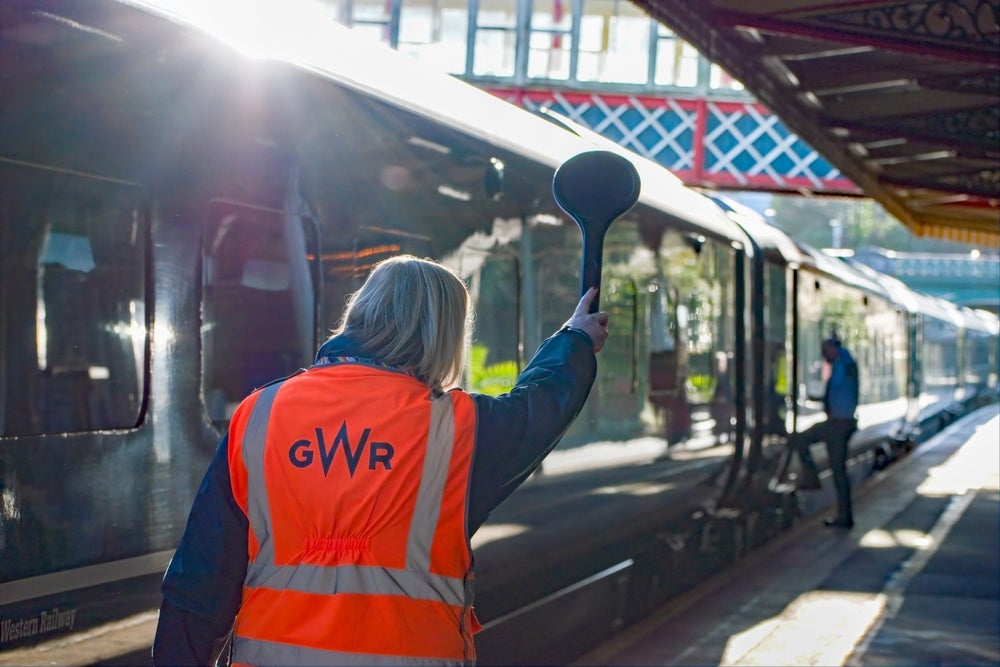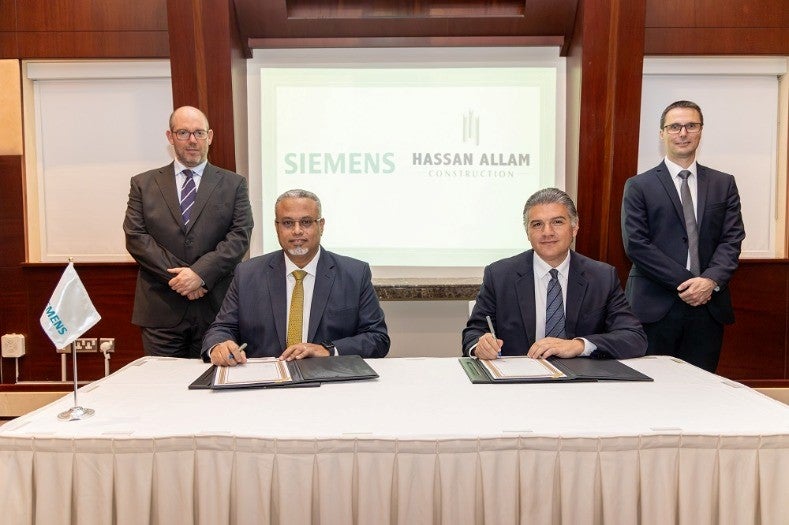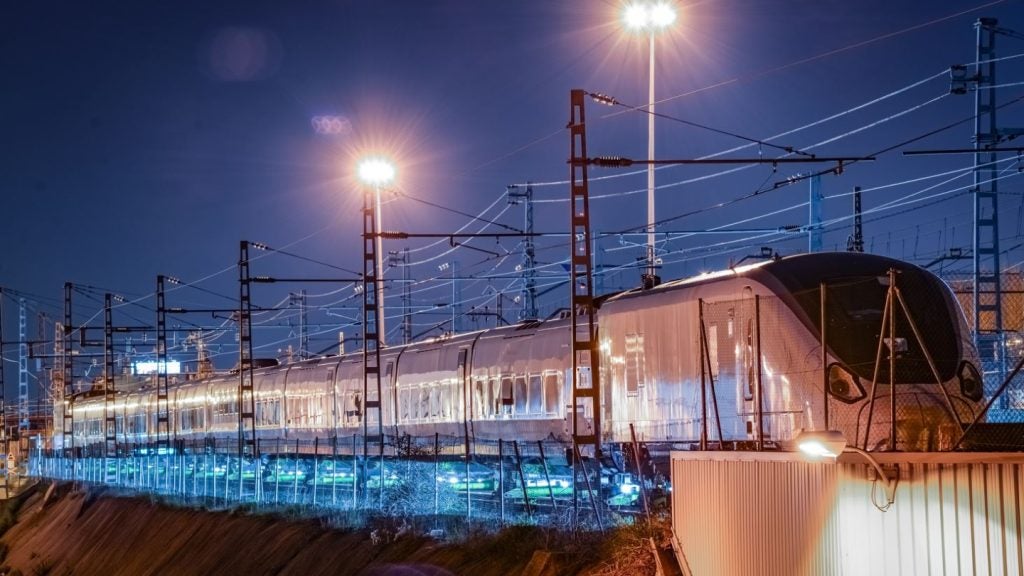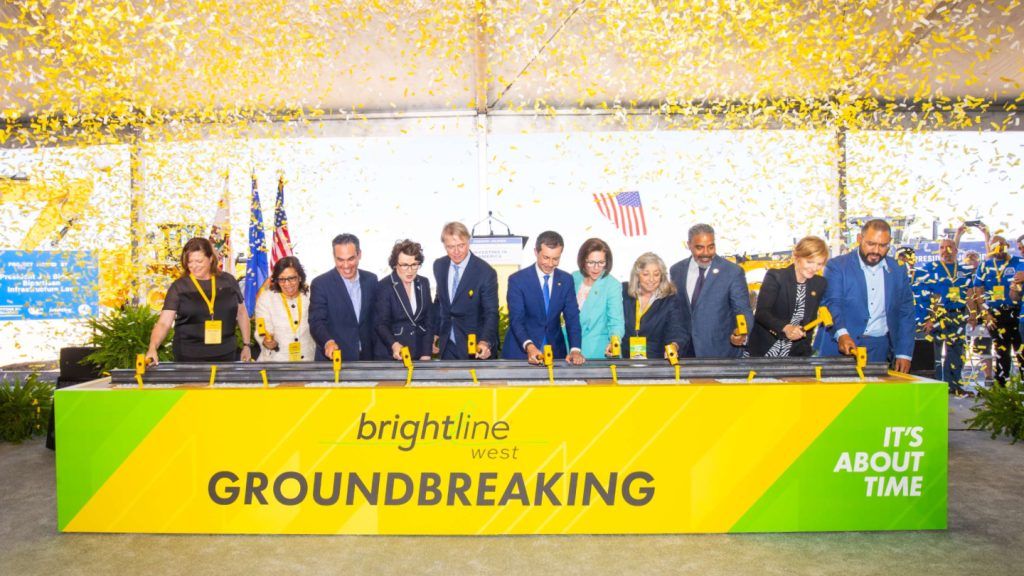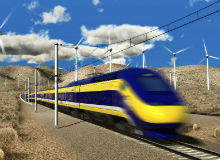

On 10 May 1869, at remote Promontory Summit in Utah, California Governor Leland Stanford drove in the ceremonial final spike that joined the rails of the first transcontinental railroad across the US.
With a single blow, Stanford set in motion the transformation of the Wild West from a lawless, rural frontier into what would become an urbanised, industrial powerhouse. Four short years after the historic ‘Golden Spike’ ceremony, the length of track in the US had doubled to over 70,000 miles.
Almost exactly 140 years later, in 2008, President Obama announced his bold vision for a second US rail revolution, a 21st century, 17,000 mile national high-speed system, scheduled for completion in four phases by 2030, that would provide 80% of Americans with access to high-speed rail in 25 years.
Proposition 1A – an initial ballot proposition and bond measure that allocated over $9bn to the nation’s flagship California High-Speed Rail (HSR) project – was sold to voters that same year.
"Our highways are clogged with traffic … costing us $80bn a year in lost productivity and wasted fuel," President Obama stated the following April. "Our airports are choked with increased loads. What we need, then, is a smart transportation system equal to the needs of the 21st century."
How well do you really know your competitors?
Access the most comprehensive Company Profiles on the market, powered by GlobalData. Save hours of research. Gain competitive edge.

Thank you!
Your download email will arrive shortly
Not ready to buy yet? Download a free sample
We are confident about the unique quality of our Company Profiles. However, we want you to make the most beneficial decision for your business, so we offer a free sample that you can download by submitting the below form
By GlobalDataThe President’s speech echoed the frontier spirit of Stanford and his fellow pioneers. The new rail link stretching from Anaheim in the south to Los Angeles, through the San Joaquin Valley, to San Jose and San Francisco in the north not only promised to reduce road congestion – it would also revitalise the economy, create jobs, end the US dependency on oil and decrease the nation’s carbon footprint.
Counting the cost: California’s HSR budget balloons to $68bn
Five years on, and that optimism has hit the buffers. Beset by cost overruns, environmental and legal lawsuits, and vocal opposition from Republican politicians and environmental groups, construction of the largest HSR project in US history continues to proceed at a depressingly pedestrian pace.
The most significant hurdle remains the legal legitimacy and availability of funding. Jeff Denham, chairman of a hearing in January 2014 entitled ‘A Review of the Challenges Facing California High Speed Rail’ described the mammoth engineering project – which was originally pitched at around $33bn – as "skyrocketing" and as being "nowhere closer to that viable plan" five years later.
His misgivings were given added credence in July, when a World Bank report put the system’s infrastructure unit cost at $56m per kilometre, compared with $17-21m in China and $25-39m in Europe.
The new 2030 total cost is estimated to be $98bn, making the California HSR line the most expensive public infrastructure project in the US. ‘Value engineering’ has since reduced that figure to $68bn for the core San Francisco-to-Anaheim line, again in 2030 construction year values.
However, where there is political will there is a way. Jerry Brown, the popular governor of California, first proposed a high-speed train system linking Northern and Southern California in the 1980s. His Democratic party holds a majority in the state legislature, he is poised for re-election this year and, despite the project’s spiralling budget, he still wants to allocate even more money to high-speed rail.
Could newly elected Prime Minister Narenda Modi’s finally implement high-speed?
In August, California’s HSR project received a long-overdue shot in the arm when a California Court of Appeals unanimously ruled to remove the most significant legal impediment threatening the plans. A three-judge panel reversed Judge Michael Kenny’s ruling of 25 November last year, which prevented the state from issuing bonds under the original High Speed Rail Act of 2008.
The planning and construction of the project, which finally broke ground in Fresno in October 2013, can now continue, although federal and private funds to complete the route must still be secured. Structural testing and demolition work over a 29-mile stretch from Madera to Fresno is already underway, as is load testing on various structures that will become part of the train alignment.
Partisan review: Republican opposition to US HSR strategy
Far from being an isolated attempt to derail the project, Judge Kenny’s ruling was the latest in a long line of legal challenges to California’s HSR plans. According to Rod Diridon Sr, executive director at the Mineta Transportation Institute and chair emeritus of the California High-Speed Rail Authority Board, the primary hurdles are two-fold and due to politics, its uniqueness and size.
Firstly, the project being targeted by the ultra-conservative groups, who he says have attacked the nation’s high-speed rail programmes with "unlimited amounts of anti-project public relations funds". This, he believes, shifted the project from having support from both political parties nationally to becoming a partisan issue. "In California, the project has enjoyed majority support from the voters and from all four of the state’s recent governors – two Republicans and two Democrats," he says.
Secondly, the sheer scale of the HSR project means that it is not only complex to accomplish due to strict environmental standards in the US and California, but also "a bit frightening to some facets of the public, who fear the unknown". Diridon Sr adds: "A half-dozen or so lawsuits have caused major delays -and delays for big projects are deadly."
Scepticism among prominent politicians and local pressure groups, many of whom take issue with the validity of the Federal Government’s claims relating to California’s HSR strategy, remains high.
"Justices lowered the bar for agencies to provide evidence of need for funding," said Aaron Fukuda, a party in the recent Judge Kenny case and co-chairman of Citizens for California High Speed Rail Accountability, which claimed that project changes, both in cost and estimated speed of the finished rail line, invalidated voters’ decision to partially fund the project in 2008, reports Streetsblog LA. "Essentially the Authority could have written on a post-it ‘give me money’ and that is good enough."
Opponents in the US Senate aren’t about to give up either. In April, The Economist reported that a panel of outside experts, the state-sanctioned High-Speed Rail Peer Review Group, concluded that California’s bullet train will not meet the two hour and 40 minute travel time between Los Angeles and San Francisco, a central pillar of high-speed rail supporters’ promise to Californians.
Full speed ahead: President Obama pledges $5bn a year to HSR projects
Despite opposition to President Obama’s over-arching vision of a continent connected by 200mph bullet trains, California’s HSR project, the cornerstone of America’s bid to renew and reinvigorate its underdeveloped railway infrastructure, simply has too much momentum to be derailed at this stage.
President Obama has consistently stated his intent to keep pace with Europe, Asia and India when it comes to building 21st century transport infrastructure, and, with plans afoot for HSR projects in the US’s busiest corridors, or "megaregions" (located in states including Oregon, Washington, Illinois, Texas), the business case for California’s high-speed rail project rings true across all of America.
In its 2015 fiscal year budget, the Obama administration was as good as its word, laying down the gauntlet to Republicans in the US Senate by pledging $5bn a year to high-speed rail projects.
"Building a world-class transportation system is part of what made us an economic superpower," the President said in 2011. "And now we’re going to sit back and watch China build newer airports and faster railroads – at a time when millions of unemployed construction workers could build them right here in America?
"We shouldn’t be in a race to the bottom… America should be in a race to the top, and I believe we can win that race."
Follow Julian Turner on Google+



